Comments / Questions (4)
![]() Christine wrote:
Christine wrote:
Bonjour, Lors de la mise en place des marqueurs pour l'empiècement, je suis perdue! On a , en taille S, 88 m au niveau du col et on divise en 20+22+20+22 m, ce qui fait un total de 84 m?
21.08.2025 - 08:19DROPS Design answered:
Bonjour Christine, notez que vous devez mettre également 4 marqueurs, chacun de ces marqueur doit être dans une maille, pas entre les mailles, ainsi vous aurez: 1+20+1+22+1+20+1+22=88 mailles. Bon tricot!
22.08.2025 - 14:58
![]() Luckywilder wrote:
Luckywilder wrote:
There is an error in the sleeve marker split for the medium size. It indicates 18 - 26 - 18 - 26 it should be 20 -26 - 20 - 26 since next instructions are knit 20 and adds up to the correct # of stitches
24.02.2025 - 20:58DROPS Design answered:
Dear Luckywilder, please note that the 4 markers are each inserted in one stitch (not between stitches), so that you will have: 1+18+1+26+1+18+1+26=92. Happy knitting!
25.02.2025 - 10:12
![]() Anna Paola Majer wrote:
Anna Paola Majer wrote:
Ho finito lo sprone e devo dividere corpo e maniche: perchè "Lavorare le prime 52 maglie in sospeso per la manica, avviare 10-maglie (a lato sotto la manica)": non dovrei mettere subito in sospeso le maglie per la manica per iniziare il corpo? Grazie!
12.02.2025 - 22:40DROPS Design answered:
Buonasera Anna Paola, grazie per la segnalazione: abbiamo corretto il testo. Buon lavoro!
13.02.2025 - 22:17
![]() AH wrote:
AH wrote:
Leider wieder eine Anleitung ohne verkürzte Reihen, womit der Halsausschnitt besser sitzen könnte.
24.01.2025 - 10:20
Frosted Dawn#frosteddawnsweater |
|
 |
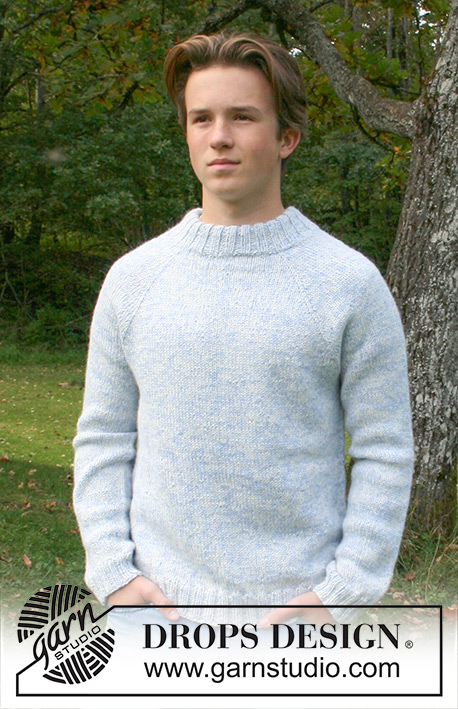 |
Knitted jumper for men in 2 strands DROPS Alpaca or DROPS Flora. The piece is worked top down in stocking stitch, with raglan and double neck. Sizes S - XXXL.
DROPS 251-10 |
|
|
------------------------------------------------------- EXPLANATIONS FOR THE PATTERN: ------------------------------------------------------- RAGLAN: Increase 1 stitch by making 1 yarn over, which is worked as follows on the next round: BEFORE RAGLAN-STITCH: Slip the yarn over off the left needle and replace it twisted (insert the left needle through the back when replacing it). Knit the front loop to avoid a hole. Then work the new stitch in stocking stitch. AFTER RAGLAN-STITCH: Knit through the back loop to avoid a hole. Then work the new stitch in stocking stitch. DECREASE TIP: Decrease 1 stitch on each side of the marker-thread as follows: Work until there are 3 stitches left before the marker-thread, knit 2 together, knit 2 (marker-thread sits between these 2 stitches), slip 1 stitch knit-wise, knit 1 and pass the slipped stitch over the knitted stitch (2 stitches decreased). SLEEVE TIP: When knitting up stitches under the sleeve you may leave a small hole in the transitions between the body and sleeve. These can be closed by picking up the strand between 2 stitches and knitting it twisted together with the next stitch. ------------------------------------------------------- START THE PIECE HERE: ------------------------------------------------------- JUMPER – SHORT OVERVIEW OF THE PIECE: The pattern uses both long and short needles; start with the length which fits the number of stitches and change when necessary. The neck and yoke are worked in the round with circular needle, top down and from the right back shoulder. When the yoke is finished, it is divided for the body and sleeves and the body continued in the round, while the sleeves wait. The sleeves are worked top down, in the round. The neck is folded double and fastened to the inside. NECK: Cast on 88-92-96-100-104-108 stitches with circular needle size 5 mm and 1 strand of each colour DROPS Alpaca or DROPS Flora (2 strands) – the whole jumper is worked with 1 strand of each colour. Change to circular needle size 4 mm (casting on with a larger needle-size makes the cast-on edge elastic). Work rib in the round (knit 2, purl 2) for 10-10-10-12-12-12 cm. The neck is folded double later, leaving a neck-height of approx. 5-5-5-6-6-6 cm. The round begins on the right back shoulder. Insert 1 marker after the first 33-33-35-35-37-37 stitches (approx. mid-front), the piece is now measured from here. YOKE: Continue with circular needle size 5 mm. Insert 4 markers without working the stitches, each marker is inserted into a stitch which is called the raglan-stitch. Insert marker-1 in the first stitch, count 20-18-20-18-20-18 stitches (= sleeve), Insert marker-2 in the next stitch, count 22-26-26-30-30-34 stitches (= front piece), Insert marker-3 in the next stitch, count 20-18-20-18-20-18 stitches (= sleeve), Insert marker-4 in the next stitch, there are 22-26-26-30-30-34 stitches left after the last marker (= back piece). Work 1 round as follows: * Knit 22-20-22-20-22-20, knit the next 22-26-26-30-30-34 stitches and increase 6-4-6-6-6-6 stitches evenly across these stitches (= 28-30-32-36-36-40 stitches) *, work from *-* 1 more time = 100-100-108-112-116-120 stitches. Continue with stocking stitch and increase for RAGLAN – read description above, as follows: ROUND 1: Knit and increase for raglan on each side of all 4 raglan-stitches (= 8 increased stitches). ROUND 2: Knit – remember to work the yarn overs as described under RAGLAN. Work ROUNDS 1 and 2 a total of 2-8-7-10-7-9 times (4-16-14-20-14-18 worked rounds) = 116-164-164-192-172-192 stitches. Remember to maintain the knitting tension. Continue working and increase as follows: ROUND 1: Knit and increase for raglan only on the front and back pieces (before/after the relevant raglan-stitches) = 4 increased stitches. ROUND 2: Knit – remember to work the yarn overs as described under RAGLAN. ROUND 3: Knit and increase for raglan on each side of all 4 raglan-stitches (= 8 increased stitches). ROUND 4: Knit – remember to work the yarn overs as described under RAGLAN. Work ROUNDS 1 to 4 a total of 10-8-9-8-11-11 times (40-32-36-32-44-44 rounds worked). All increases for raglan are now finished: You have increased a total of 22-24-25-26-29-31 times on the front and back pieces and 12-16-16-18-18-20 times on the sleeves = 236-260-272-288-304-324 stitches. Continue working without further increases until the yoke measures 20-22-23-24-26-28 cm from the marker mid-front. Now divide for the body and sleeves. DIVIDE FOR BODY AND SLEEVES: Place the first 46-52-54-56-58-60 stitches on a stitch holder for the sleeve, cast on 10-10-14-16-18-20 stitches (in side under sleeve), knit 72-78-82-88-94-102 (= front piece), place the next 46-52-54-56-58-60 stitches on a stitch holder for the sleeve, cast on 10-10-14-16-18-20 stitches (in side under sleeve), knit the last 72-78-82-88-94-102 stitches (= back piece). The body and sleeves are finished separately and the beginning of the round on the body is in the transition between body and sleeve. BODY: = 164-176-192-208-224-244 stitches. Continue with stocking stitch until the piece measures 50-52-54-55-57-59 cm from the marker mid-front. Change to circular needle size 4 mm. Work rib (knit 2, purl 2), AT THE SAME TIME increase 20-20-20-24-28-28 stitches evenly on round 1 = 184-196-212-232-252-272 stitches. When the rib measures 6-6-6-7-7-7 cm, cast off with rib. The jumper measures approx. 56-58-60-62-64-66 cm from the marker mid-front and 62-64-66-68-70-72 cm from the shoulder. SLEEVES: Place the 46-52-54-56-58-60 sleeve-stitches from one stitch holder on circular needle size 5 mm and knit up 1 stitch in each of the 10-10-14-16-18-20 stitches cast on under the sleeve – read SLEEVE TIP = 56-62-68-72-76-80 stitches. Insert a marker-thread in the middle of the 10-10-14-16-18-20 stitches under the sleeve. Start at the marker-thread and work stocking stitch in the round. When the sleeve measures 2 cm, decrease 2 stitches under the sleeve – read DECREASE TIP. Decrease like this every 6-4½-3½-3-2½-2½ cm a total of 8-10-12-13-14-15 times = 40-42-44-46-48-50 stitches. Continue working until the sleeve measures 47-46-45-44-42-40 cm from the division. Change to double pointed needles size 4 mm. Work rib (knit 2, purl 2), AT THE SAME TIME increase 4-6-4-6-4-6 stitches evenly on the first round = 44-48-48-52-52-56 stitches. When the rib measures 6-6-6-7-7-7 cm, cast off with rib. The sleeve measures approx. 53-52-51-51-49-47 cm. ASSEMBLY: Fold the neck double to the inside and sew down. To avoid the neck being tight and rolling outwards, it is important that the seam is elastic. |
|
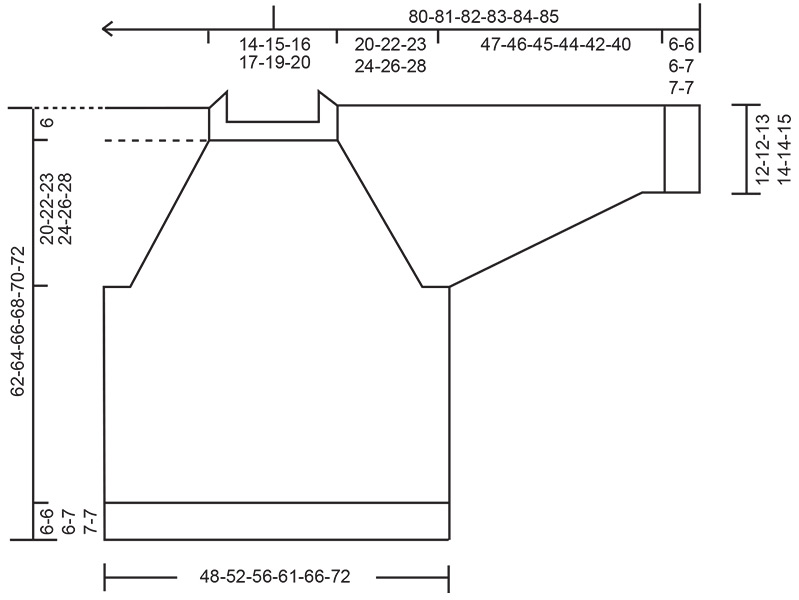 |
|
Have you finished this pattern?Tag your pictures with #dropspattern #frosteddawnsweater or submit them to the #dropsfan gallery. Do you need help with this pattern?You'll find 28 tutorial videos, a Comments/Questions area and more by visiting the pattern on garnstudio.com. © 1982-2025 DROPS Design A/S. We reserve all rights. This document, including all its sub-sections, has copyrights. Read more about what you can do with our patterns at the bottom of each pattern on our site. |
|







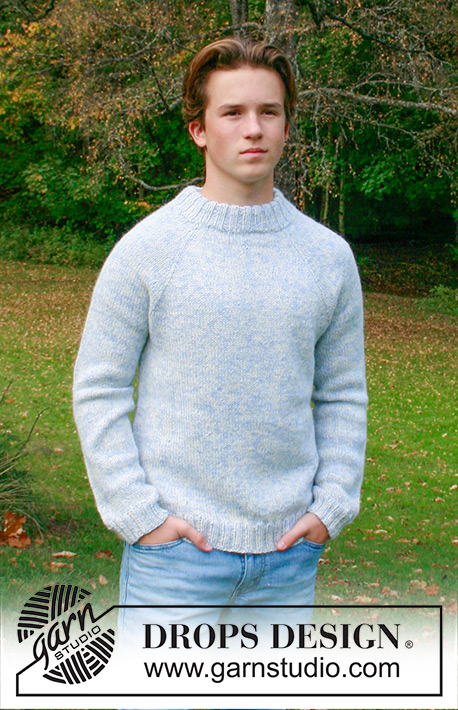
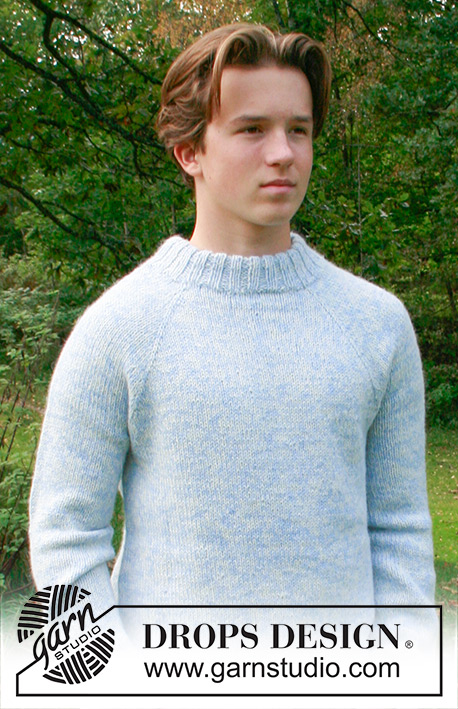
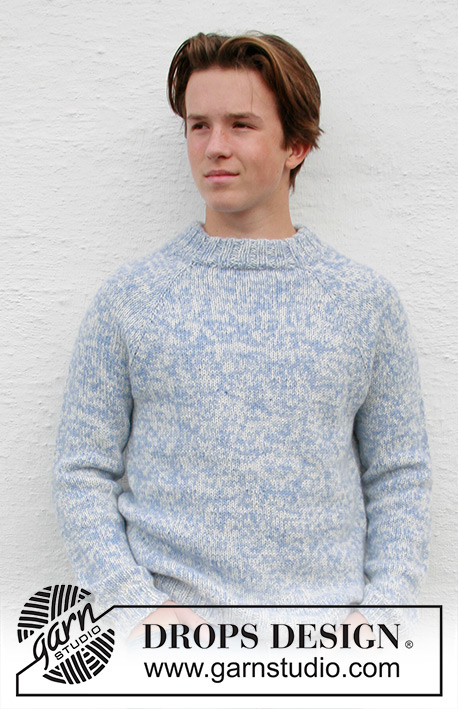

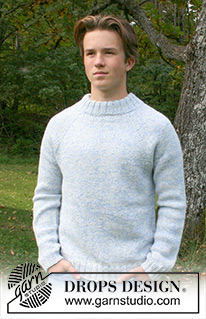
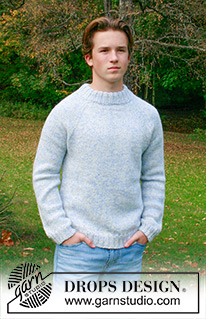
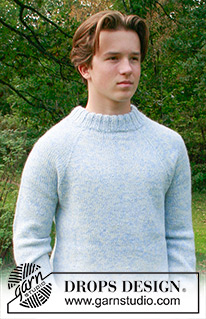
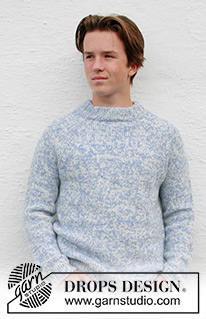

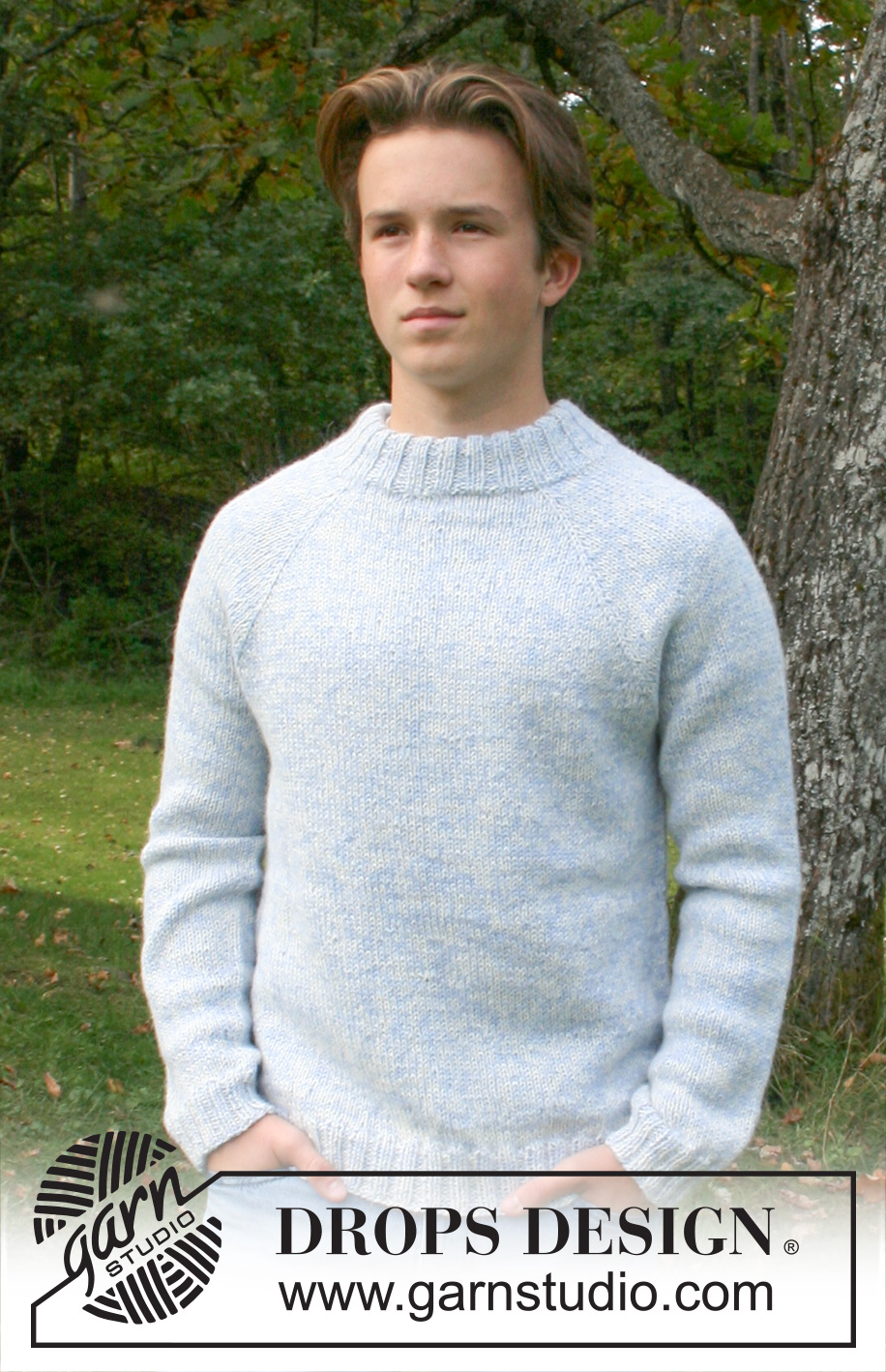
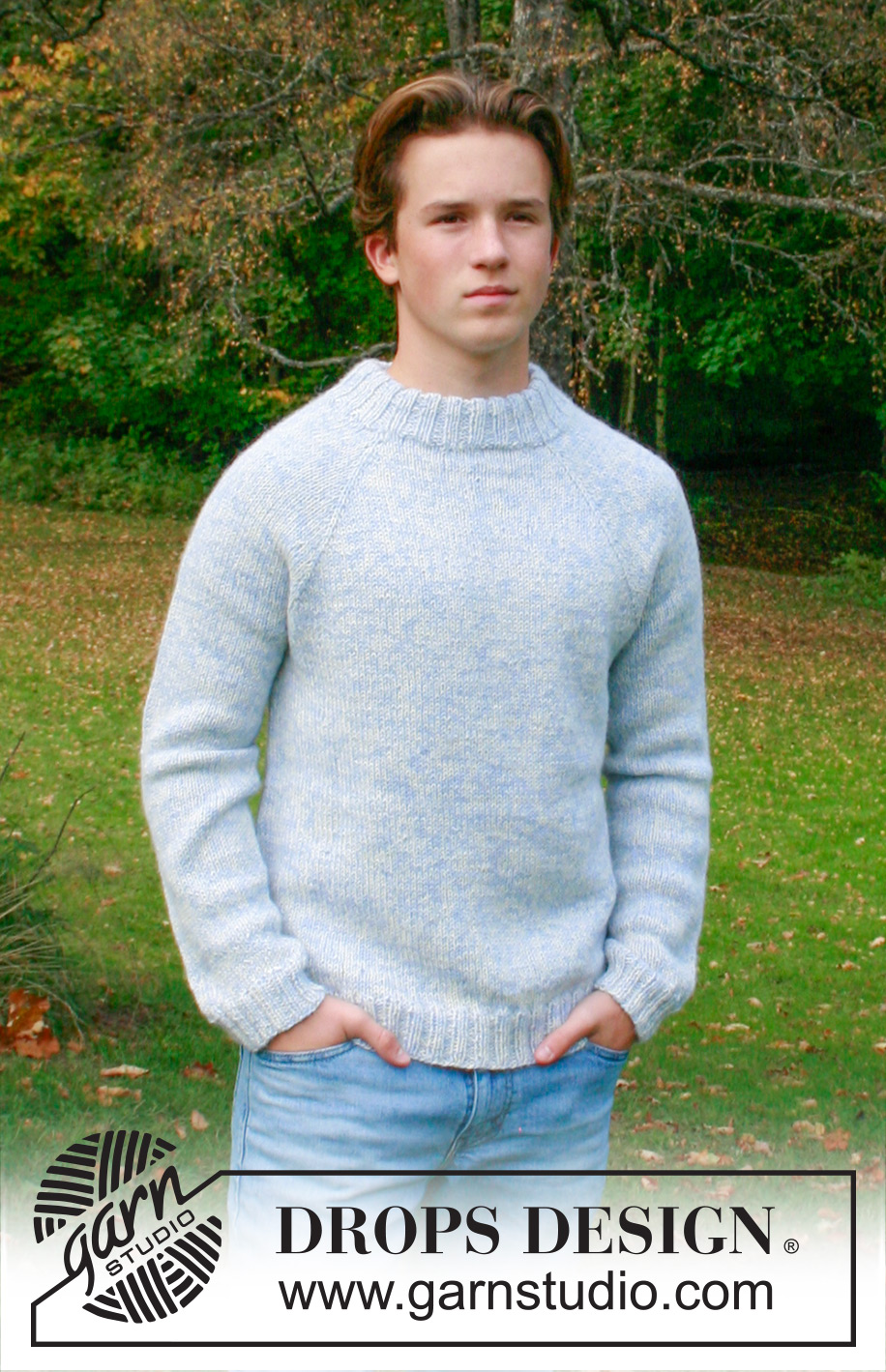
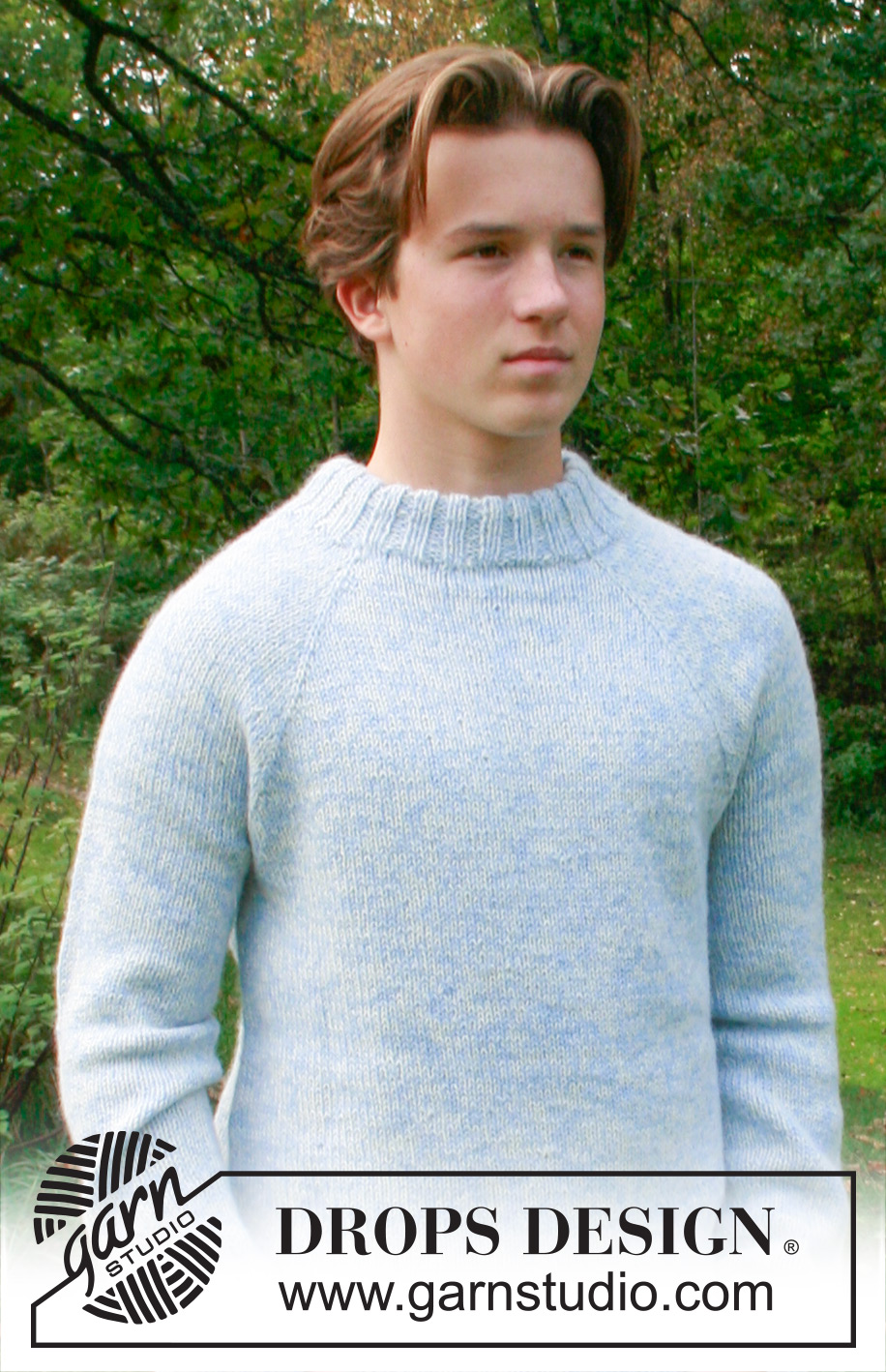
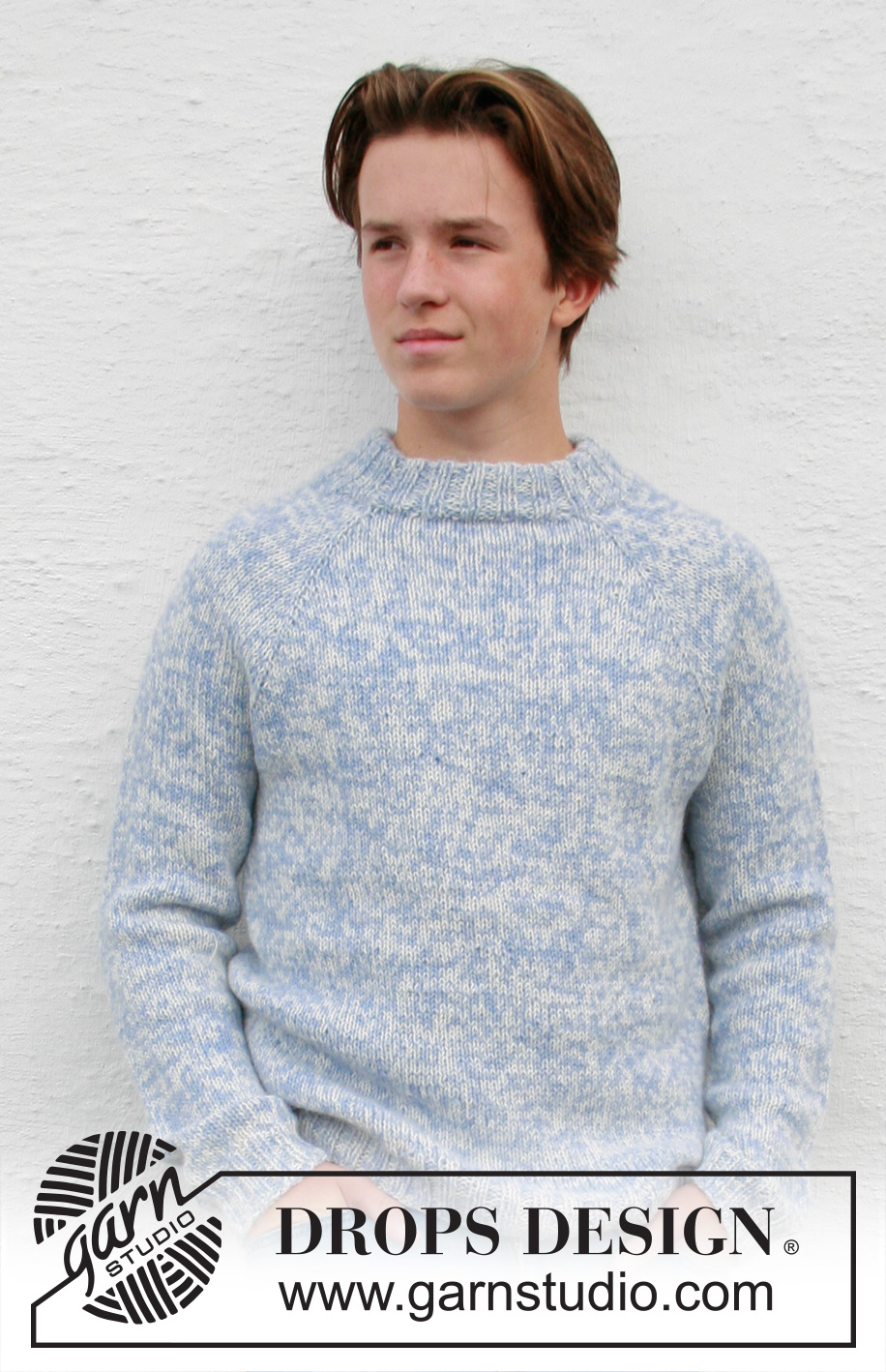






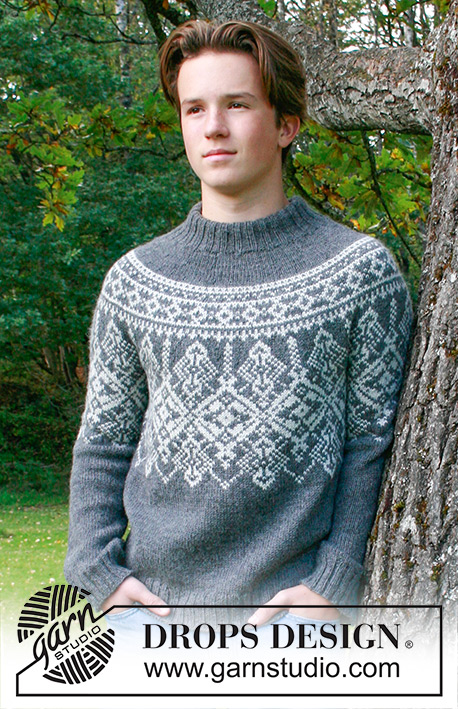
















































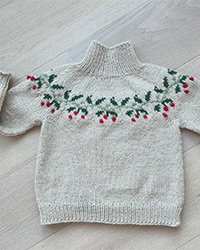
Post a comment to pattern DROPS 251-10
We would love to hear what you have to say about this pattern!
If you want to leave a question, please make sure you select the correct category in the form below, to speed up the answering process. Required fields are marked *.